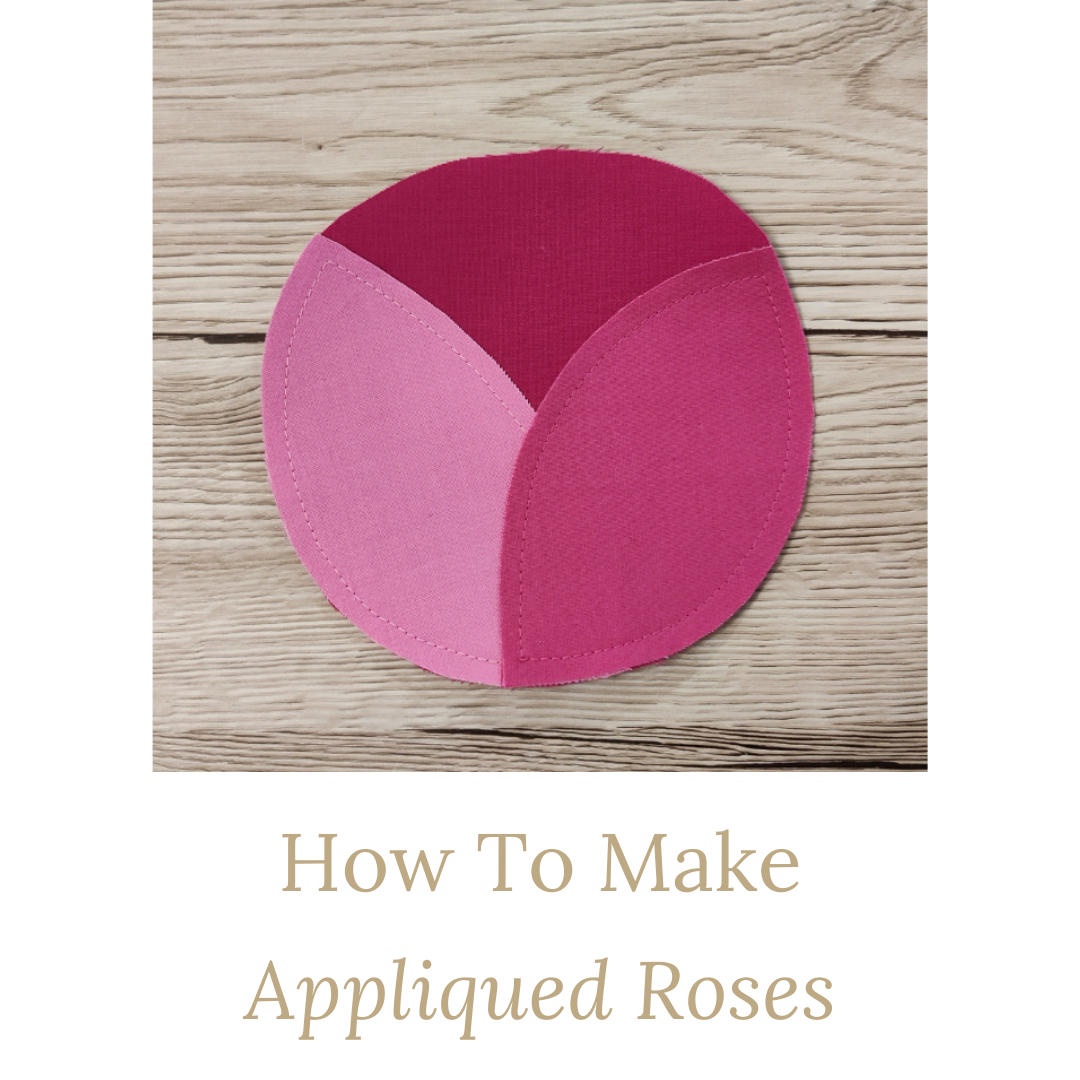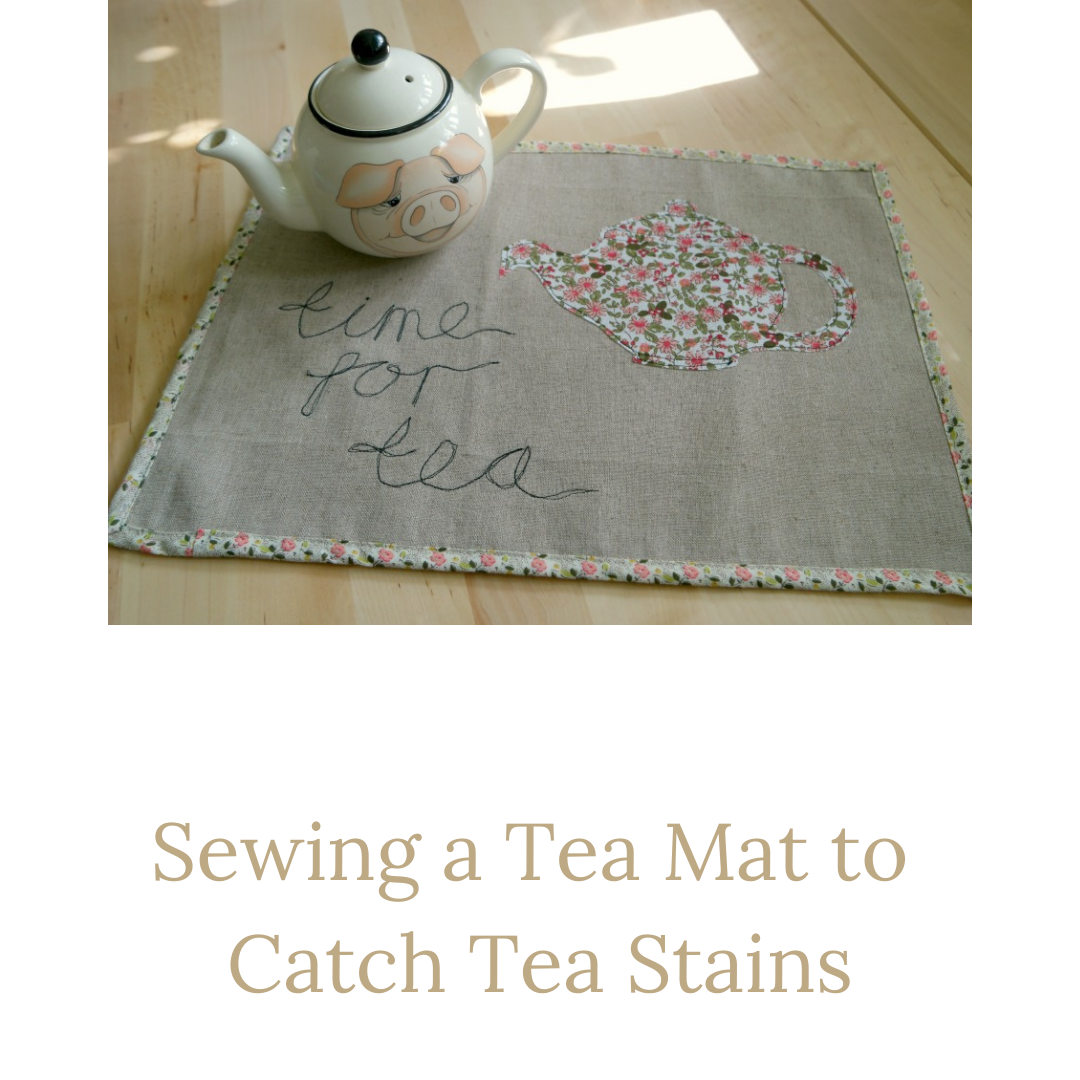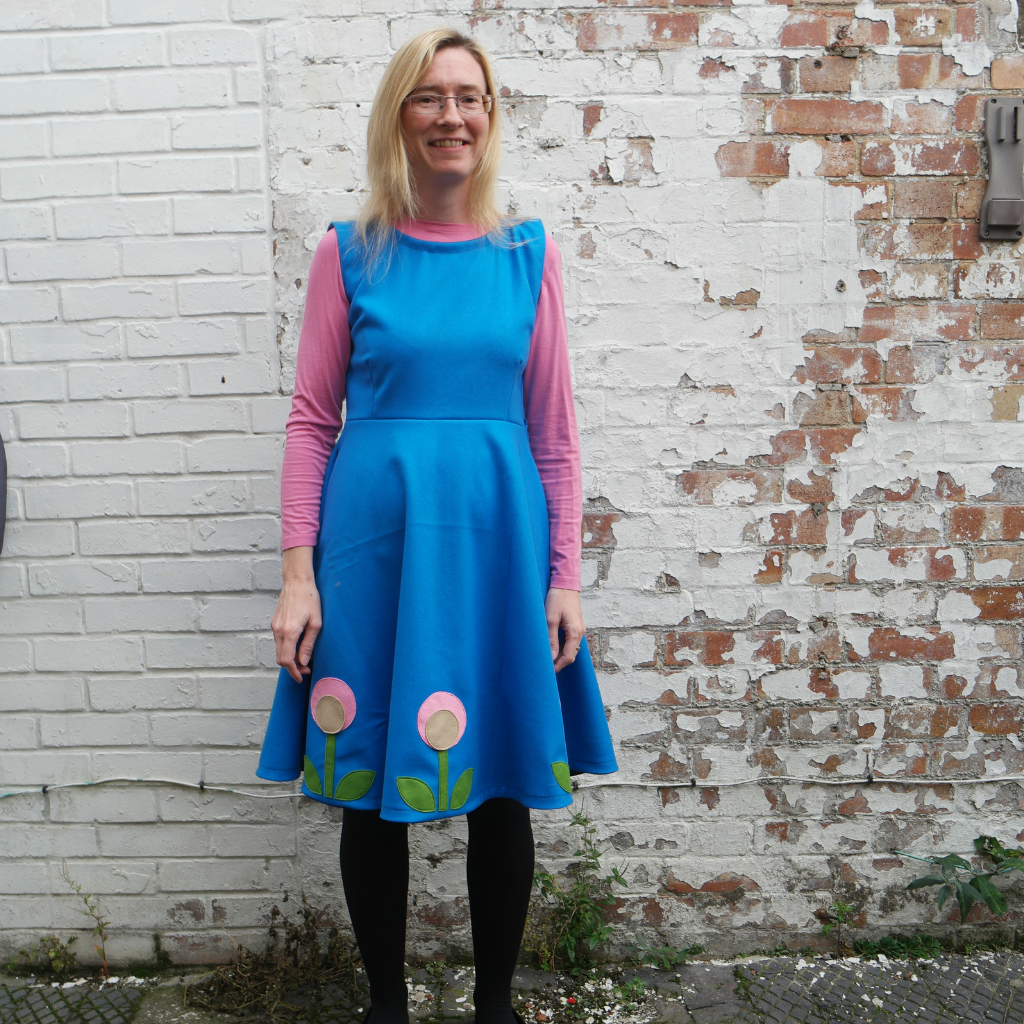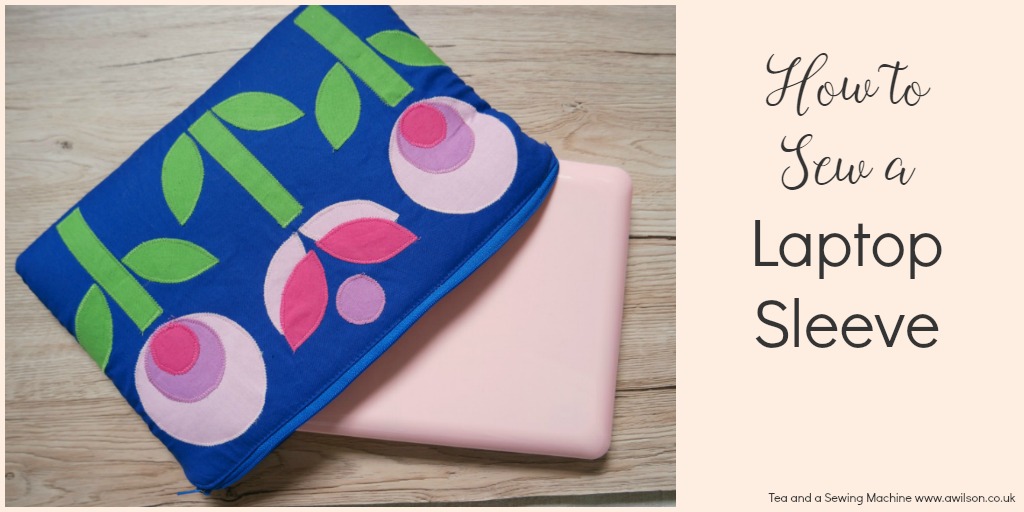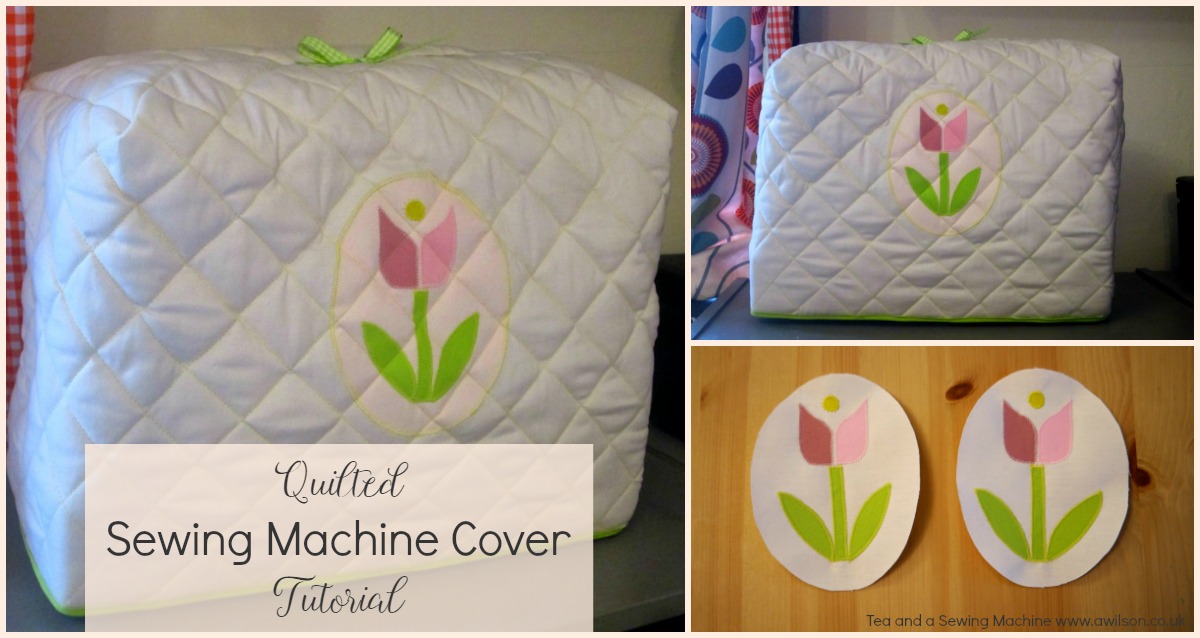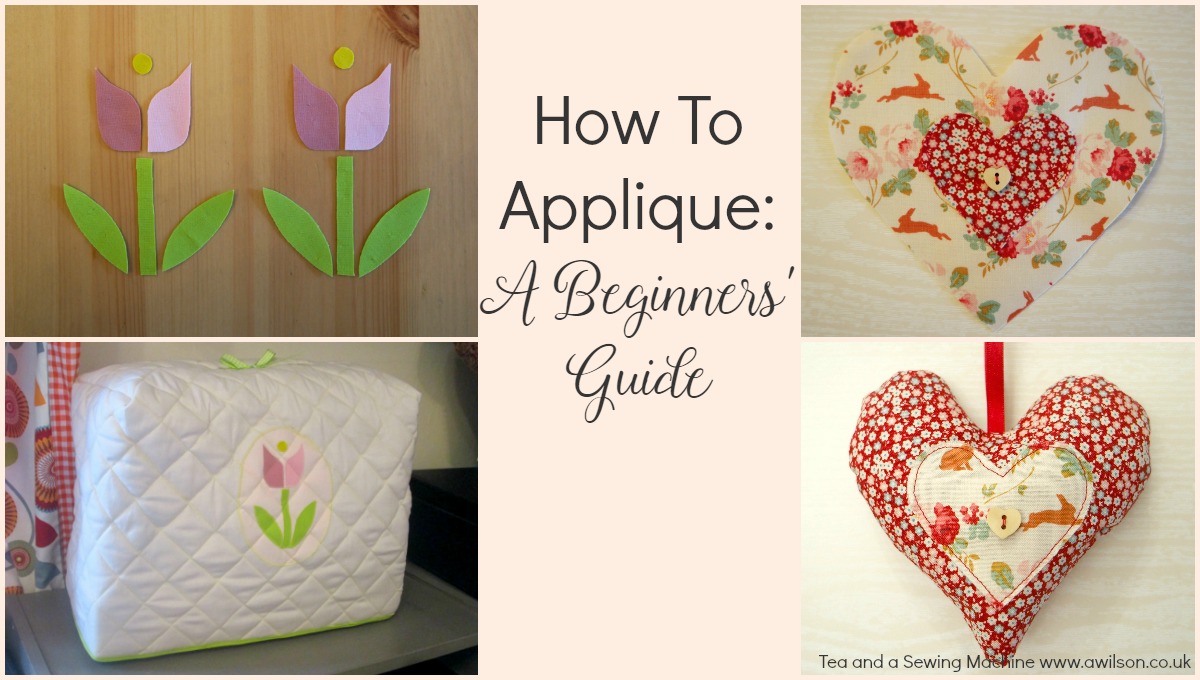How To Make Appliqued Roses
Inspiration can be found in all sorts of places, and the inspiration for these appliqued roses came from some paper doilies I bought from Poundland years ago! Usually the approach here would be to draw the same thing over and over again until it becomes easy. By doing…

